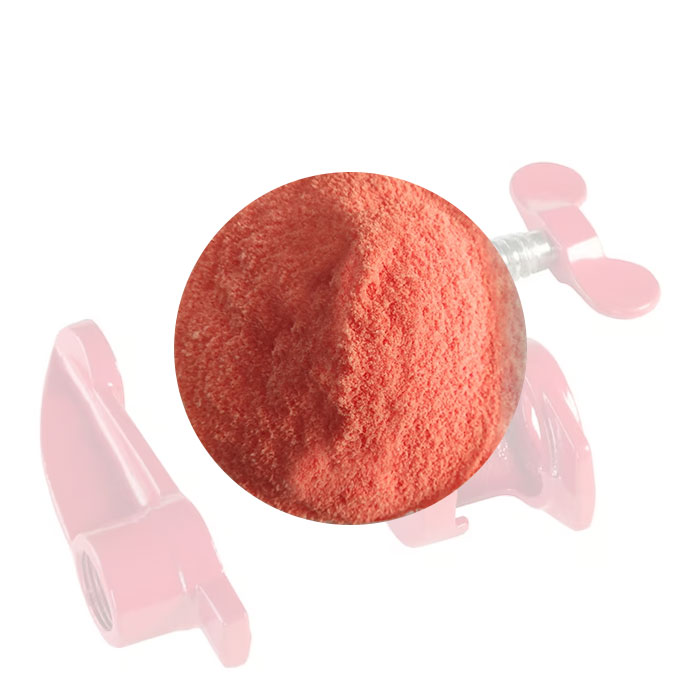Considerations of HDPE Rotomolded Material
2024-04-29
HDPE (High-Density Polyethylene) rotomolded material refers to a type of plastic material used in the rotational molding (rotomolding) process to create hollow, seamless, and durable products. Here are some key features and considerations of HDPE rotomolded material:
1. Material Properties: HDPE is a thermoplastic polymer known for its high strength-to-density ratio, excellent chemical resistance, and durability. It is resistant to impact, abrasion, corrosion, and most chemicals, making it suitable for a wide range of applications.
2. Rotomolding Process: Rotational molding is a manufacturing process used to produce hollow plastic parts. In the rotomolding process, powdered HDPE resin is placed inside a mold, which is then heated and rotated in multiple axes simultaneously. As the mold rotates, the powdered resin melts and coats the interior surface of the mold, gradually forming the desired shape. Once the plastic cools and solidifies, the mold is opened, and the finished product is removed.
3. Design Flexibility: HDPE rotomolded material offers design flexibility, allowing for the production of complex shapes, intricate geometries, and seamless structures. The rotomolding process enables the creation of large, one-piece parts without the need for seams, welds, or assembly, reducing production costs and potential points of failure.
4. Uniform Wall Thickness: Rotomolding produces parts with uniform wall thickness, which ensures consistent mechanical properties and structural integrity throughout the product. This is particularly important for applications requiring strength, impact resistance, and dimensional stability.
5. Lightweight: Despite its strength and durability, HDPE rotomolded products are lightweight compared to metal or concrete alternatives. This makes them easier to handle, transport, and install, while still offering robust performance in demanding environments.
6. UV Stability: HDPE is inherently resistant to UV radiation, making rotomolded products suitable for outdoor applications exposed to sunlight. UV-stabilized formulations can further enhance the material's resistance to fading, yellowing, and degradation from prolonged sun exposure.
7. Recyclability: HDPE is a recyclable plastic, and rotomolded products made from HDPE can be recycled at the end of their service life. Recycling HDPE helps reduce waste and conserve natural resources, contributing to sustainability and environmental stewardship efforts.
8. Applications: HDPE rotomolded material is used in a wide range of industries and applications, including automotive, agriculture, construction, marine, recreational, material handling, and storage. Common products include water tanks, chemical storage containers, playground equipment, kayaks, agricultural bins, and traffic barriers, among others.
9. Cost-Effective: HDPE rotomolded products offer a cost-effective solution compared to alternative materials like metal, fiberglass, or concrete. The rotomolding process allows for efficient production of custom parts in low to medium volumes without the need for expensive tooling or molds.
10. Durability and Longevity: HDPE rotomolded products are known for their durability, longevity, and resistance to environmental factors such as moisture, chemicals, and temperature fluctuations. These qualities make them well-suited for use in demanding applications and harsh operating conditions, where reliability and performance are paramount.
Overall, HDPE rotomolded material offers a versatile and reliable solution for a wide range of industrial, commercial, and recreational applications, combining the benefits of strength, durability, design flexibility, and cost-effectiveness.



